-
Posts
2,480 -
Joined
-
Last visited
Content Type
Profiles
Forums
Gallery
Events
Posts posted by JSGerson
-
-
This is a big milestone: All of the rigging is installed. That being said, there still some work to be done:
· Belay all the remaining lines
· Repair:
o Rudder straps – some of the original paper ones came off
o Anchor tie down line – replace snapped line
o Gunport doors – glue back on
· Add the flags with their associated blocks and halyards
· Rework the model stand – the model wobbles too much
· Buy the cut Plexiglas for the case
· Stain and assemble the model case
· Obtain a table for the case to sit on
-
The 8 tack lines were then installed. Six of them originated from an eyebolt on the outside of the hull through a 4 mm block in the cluster and back through a hull sheave to be belayed on a bulwark cleat. The other two originated from a 4 mm block on the boomkin, through the 4mm cluster block, back to the originating boomkin block, and then to be belayed at the bow pinrail.
-
Clew Garnets
Next came the four clew garnets and their associate tack block clusters (I think I got those terms right). They’re supposed to be attached to the bottom corners of the main sails if I were to install them. Sorry, no sails on this model.
The block clusters are made up of 2 10” (4.0 mm) and 1 12” (5.0 mm) blocks
-
Braces
Again working stern to stem, bottom to top, the braces were installed. The Crossjack braces were unique in that they originated on the Main backstay on one side, went through a block hung from the tip of the Crossjack yard on the opposite side, back through a block on the original backstay, and belayed to the deadeye below.
- Nirvana, KenW, goatfarmer11 and 4 others
-
 7
7
-
- CaptainSteve, Martin W, Nirvana and 1 other
-
 4
4
-
On your question on hammocks, have you seen Usetosail's build? He used Sculpey and I think they look great. As for photos or info, I have nothing to add to the photos I already sent you.
Jon
- xken, CaptainSteve, Elijah and 2 others
-
 5
5
-
I just got back from visiting my Sister in Connecticut for Thanksgiving Week so I am now just getting caught up. You stated that you harden 0.012 brass wire by stretching it. How did you do that? Is there some jig involved? How much stretching is required and how do you know when you've done it?
Would music wire worked? It's already very stiff (no stretching required) as well as colored dark (black?) or is it too stiff?
Thanks
Jon
- CaptainSteve, xken, mtaylor and 2 others
-
 5
5
-
You do what you feel is best for your model, after all, you are the model maker. Personally, I like the finer "rivets." It follows my model making philosophy; I want the viewers to discover more detail as they moved in closer. For example, when I added tree nails to my Rattlesnake, I did not do what many others did, increased the contrast of the nails so they would stand out to be seen. On a real ship they would almost blend into the planking. So the tree nails on my model become obvious only when the viewer is drawn in and they are greeted with more detail.
By the way, you mentioned "melting." I assume that the tops of the fishing line are melted to flatten them into "rivet" heads. How exactly did you do that? My guess is you heated a piece of metal and pressed it on top of the fishing line creating the "rivet."
Jon
-
I'm getting close to finishing my current build, Rattlesnake so I am quite interested in watching others build their Constitution, my next build. My original plan, based on the Robert Hunt's practicum, was to use Tichy Train Group 0.02" dia rivets (No. 8017), but your idea using fishing line is a whole lot cheaper and has the same effect.
Having looked at photos of the ship's bulwark rivets and comparing them with your mock-up, it appears to me that if you use fishing line half as thick as the 30 lb test line, that would really look more accurate. But I don't know anything fishing line so I don't know what kind of line that would be or how easy or hard it would be to work with.
Good luck with your efforts
Jon
-
Two fine looking boys and one very proud Grandpa; congratulations! Just make sure you have a very strong display case for the model when you bring it to their house...just saying 8-)
Jon
- mtaylor, Canute, CaptainSteve and 2 others
-
 5
5
-
Beautifully done netting on your Battle Station. I actually thought about doing something similar but the scale was just too small for me to handle. I have no idea what the netting (if it existed at all on the Rattlesnake mast tops) scale/spacing should be so I used what material I had. It seems to work.
Jon
-
In addition I went to the NRG Convention in San Diego CA. The hotel was a couple of blocks from the waterfront where the nautical museum was as well as other activities, so it was well within walking distance. The weather was perfect, the convention was great, and I was exhausted by the time I got back to South Carolina. Unfortunately I had to take the” redeye special” flight (no other choices) so I was up for 36 hours from the time I got up Sunday morning till I arrive at home Monday around 11:00am. I tried to get some shuteye on the plane but those seats are not designed for sleeping.
I next wanted to add rail netting to the mast tops before I continued with the rigging. Neither Mamoli’s nor Model Shipways’ instructions addressed this so I had to wing it based on what I saw some other builds. Using the same black tulle I used on the bowsprit netting, I made some aborted attempts trying to figure out how to attach it to the railings.
What I finally came up with seemed to work. First I made a netting template for each top as each was slightly different from each other and cut the tulle to shape for each. Tulle is very flimsy and does not hold its shape well; it will distort at the slightest tug. I had noticed on actual ships where netting was used, the netting had a boarder, be it rope or canvas or something, where the lacing was attached for support.
Using masking tape, I taped the long edges of the tulle, flipped the tulle over and taped again matching the first tape now on the now underside. Then I trimmed the tape so that only a thin strip remained all the while matching the shape and size of the template. The tape strip was then painted black.
Finally the netting was slipped into place and glued with GS Hypo Fabric Cement. It has the consistency of “airplane glue,” dries transparent, and is flexible.
- Martin W, Jack12477, usedtosail and 7 others
-
 10
10
-
Wow, has it been almost 6 weeks since I last updated my log? Well the progress I’ve made really does not reflect the lapsed time period (as usual). In order to add the belay pin and cleat rope coils, I first wanted to tighten their respective lines. In doing so I found that some lines went to the wrong pin or cleat and others were twisted around other lines. That all had to be corrected before the coils could be added.
-
Depending on the wood the dowels are made of, they can be easy or hard to work with. For my Rattlesnake I believe I used the kit's dowel for the lower portion of the masts, the rest I used square stock boxwood which worked well. For the yards, because my model was all natural wood, I used walnut I cut myself because I needed them dark. I avoided basswood which I find too soft and it doesn't sand as smooth and clean, or hold an edge as boxwood. Because the masts and yards are round, square, and octagonal in cross section at various points, I found it easier to shape square stock than round.
Jon
-
Sorry for the redundant question on the masts. You've accomplished so much in such a short time I had forgotten that you did describe how the masts were assembled back in April. I had to go back through your log to refresh my memory. Thanks for being patient with me.
Jon
-
Those tops look great! How did you create the half bands on the lower part portion of the masts and what did you use for the bands in the square upper part? I'm trying to gleam all the detail I can for when I start my build.
Just realized, I hope you didn't glue the caps on, they need to be removed to add the second step masts!
Thanks
Jon
- CaptainSteve, mtaylor, Elijah and 1 other
-
 4
4
-
I had the same choices you did when I started rigging my Rattlesnake. Having never rigged a three masted model before, I looked at what everybody else did. The Robert Hunt practicum I was following used the "rig the masts and yards off the ship" method. The book I was also following by David Antscherl, The Fully Framed Model, Rigging a Sixth Rate Sloop of 1767-1780 was a "do as much as you can off ship and install it on the ship" method. By this I mean most of the blocks and some rigging were installed on the mast and yards off ship while the most of the rigging was installed on ship. In addition the rigging sequence more or less followed the actual building sequence of a real ship. Each method has its own advantages and disadvantages. One Rattlesnake builder I was following was also using the practicum and he felt the practicum rigging instructions wasted too line. Since I was using Syren's rigging line and not the Mamoli kit's, cost was also a consideration.
I installed the bowsprit first, then work my way from the first level of the masts from the mizzen forward, adding the associated rigging for each step level, inboard to outboard. I worked for me, but since this was the first time I had ever done this, I have no previous experience to compare it against.
I think you made the right choice for you. You do what works best for your knowledge and skills.
Jon
-
- Geoff Matson, zoly99sask, mrshanks and 5 others
-
 8
8
-
Sorry it's taking so long to reach you.
I thought about attaching the netting on my Rattlesnake at the same time you are now but a lot of other builds I was watching elected not to. They were afraid the netting would interfere or get damaged during the rigging process. Of course using the method you are using, you would have to do it now unless you can attached the rails later. My netting is going to to be laced on using a thread to wrap around the railing and stanchions and through the netting. . Once I finish adding my rope coils to the pin rails and cleats, that's next. At least that's the plan.
BTW, what method did you use to add those fine "rivets" to the tops?
Jon
- CaptainSteve, Elijah and Canute
-
 3
3
-
-
-
Beautiful work. I sure hope my disc with pictures and plans arrives before you finish the tops.
When you get it, if you will check the folder under Photos, Masts, Fighting Tops you will find a bunch of photos taken from above as well as from below. Hopefully they will show you the eyebolts you are looking for.
The Navy Plans "masts,21162" folder has a sheet of plans (21162 - Tops for Masts) for the tops which shows eyebolts.There are also a couple of miscellaneous documents related to the tops in "mast" folder.
- CaptainSteve, Elijah, mtaylor and 1 other
-
 4
4
-
Ken, you might want to try wetransfer.com. For no cost, you can transfer 20 GB of files. You submit your files to the site. The site notifies the recipient so they can download. After 30 days the stored files will vanish from the site. It worked great when my sister had send me a bunch of stuff.
Jon
- Canute, zoly99sask, Elijah and 1 other
-
 4
4
-
Once the glue has set, the pins are removed and the coil pops off the plastic with a little coaxing from an X-acto knife. The short loop at the center of the coil is pulled through the coil. The excess line is trimmed and the loop is then hung on the belay pin with the coil hanging straight down. Ta-da!!
- GuntherMT, Nirvana, usedtosail and 8 others
-
 11
11



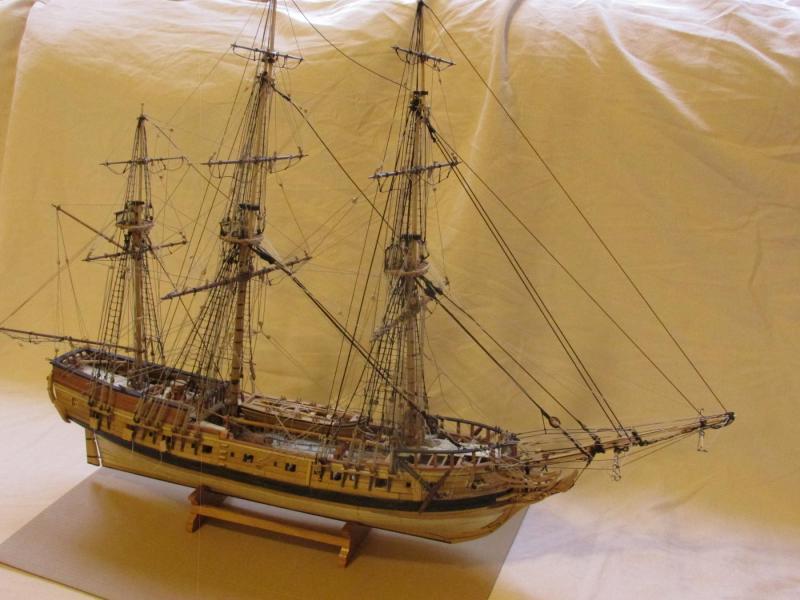

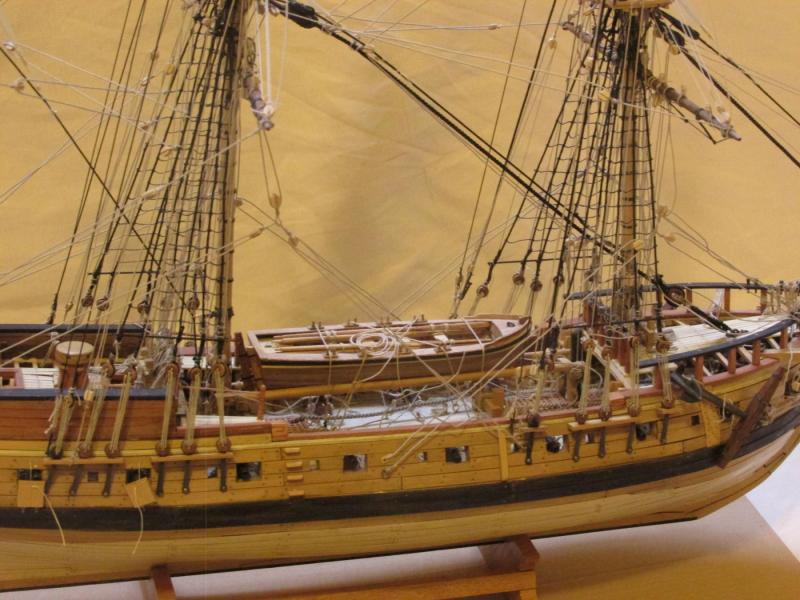
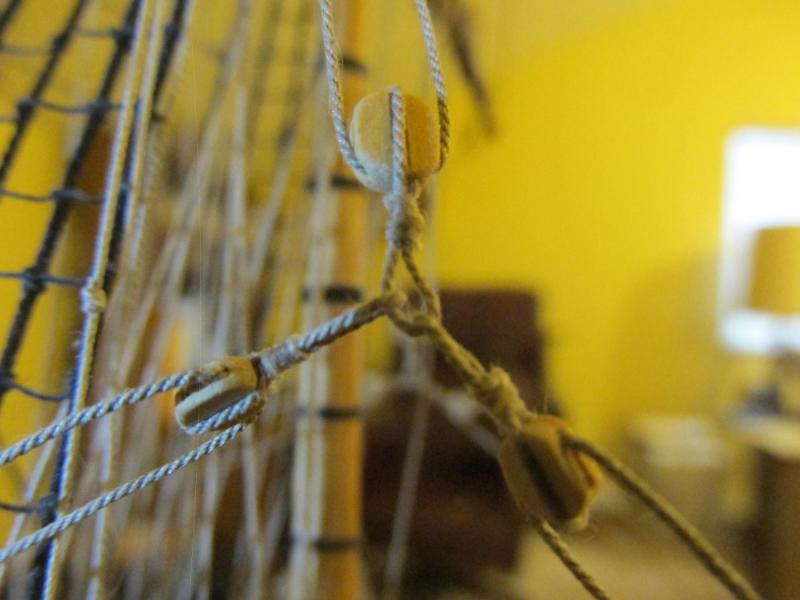



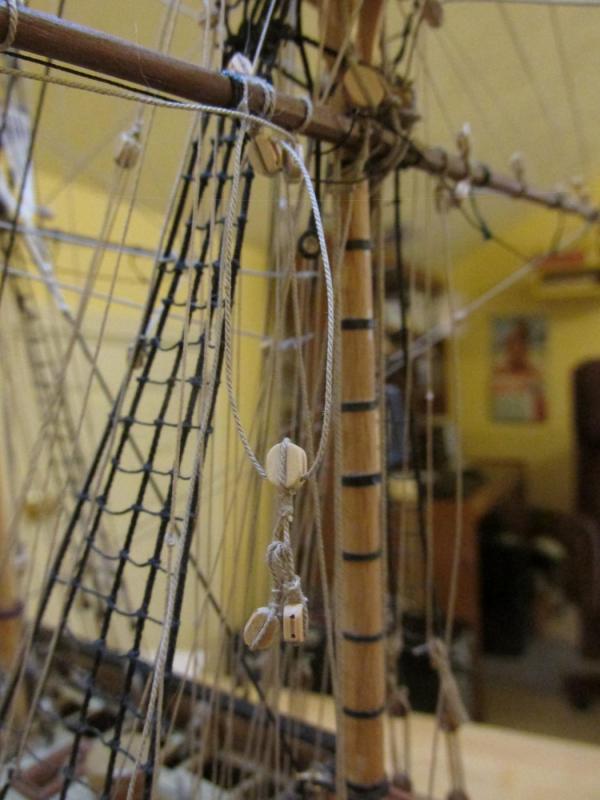
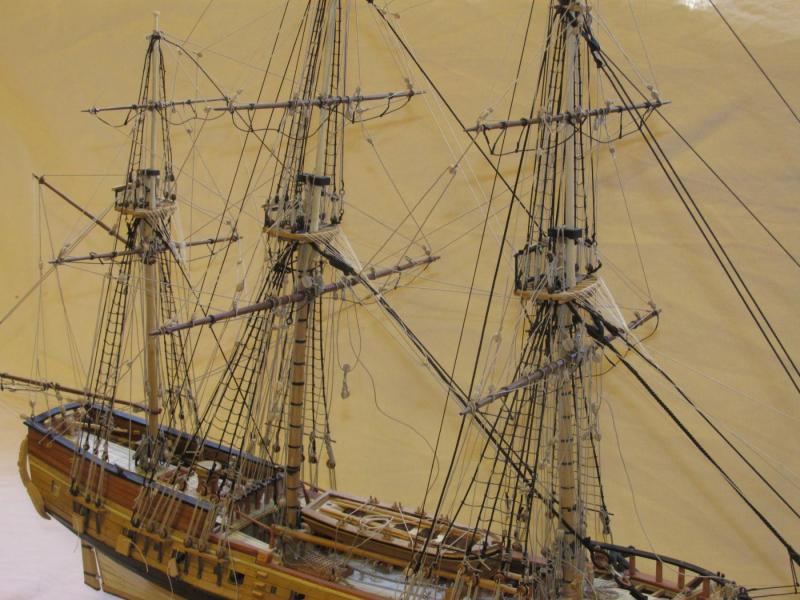
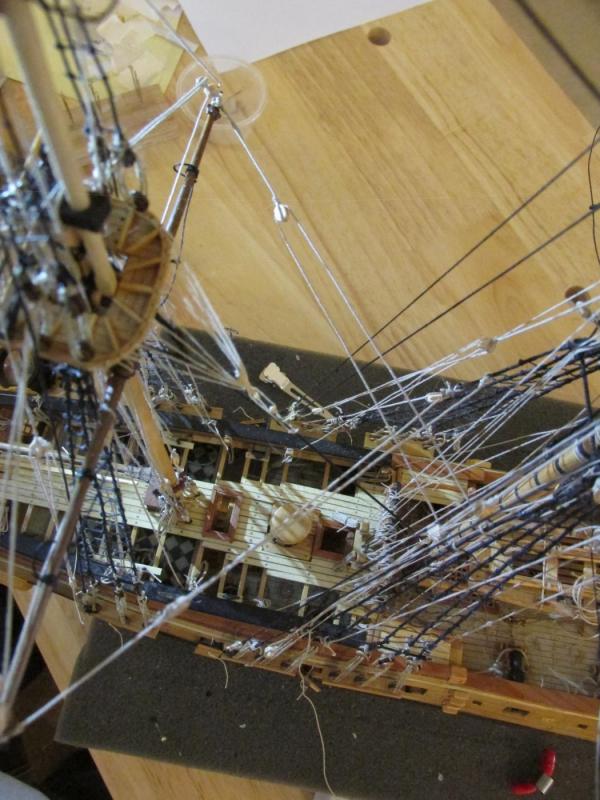
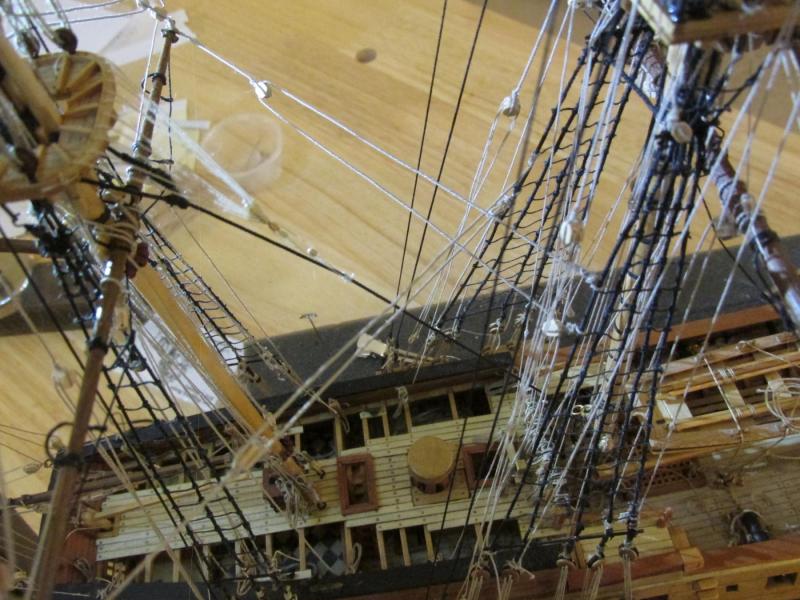

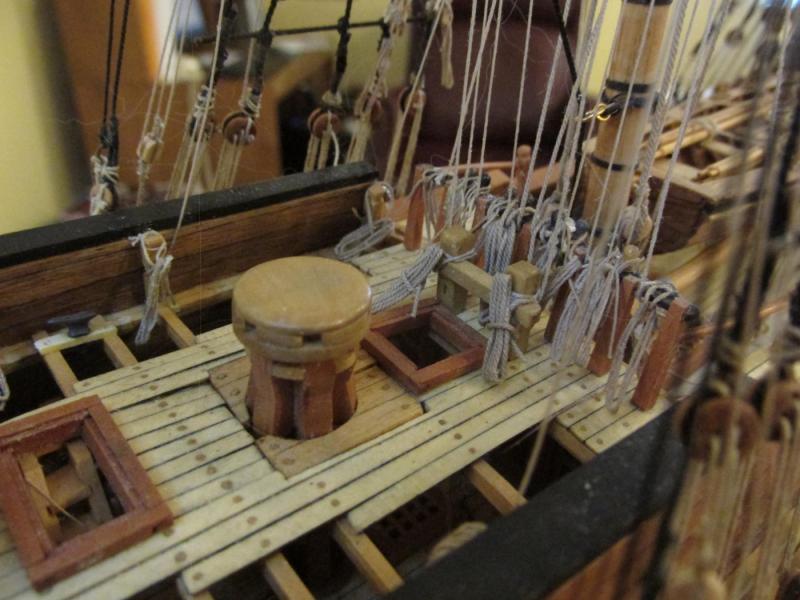

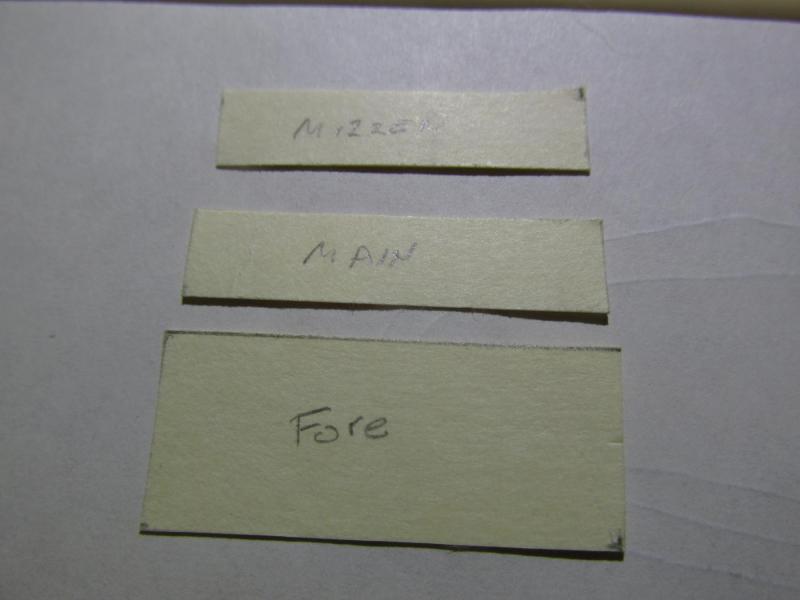

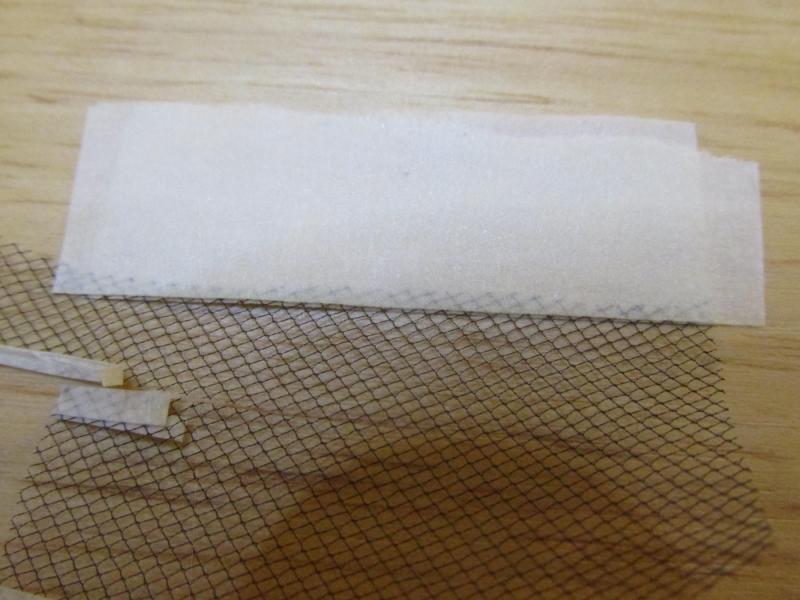
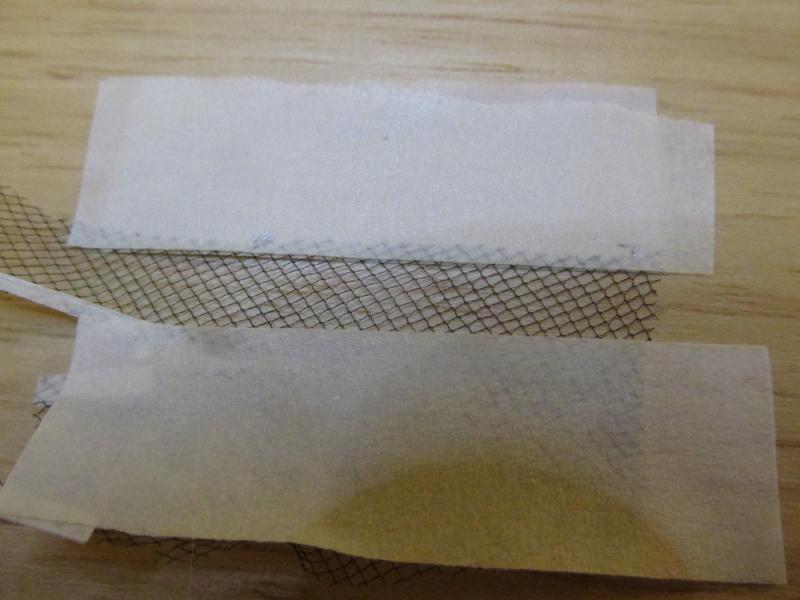
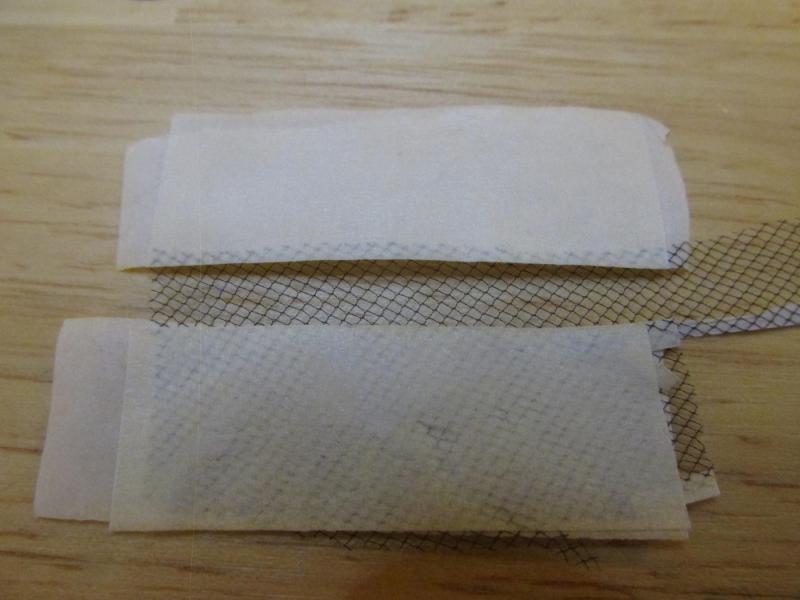
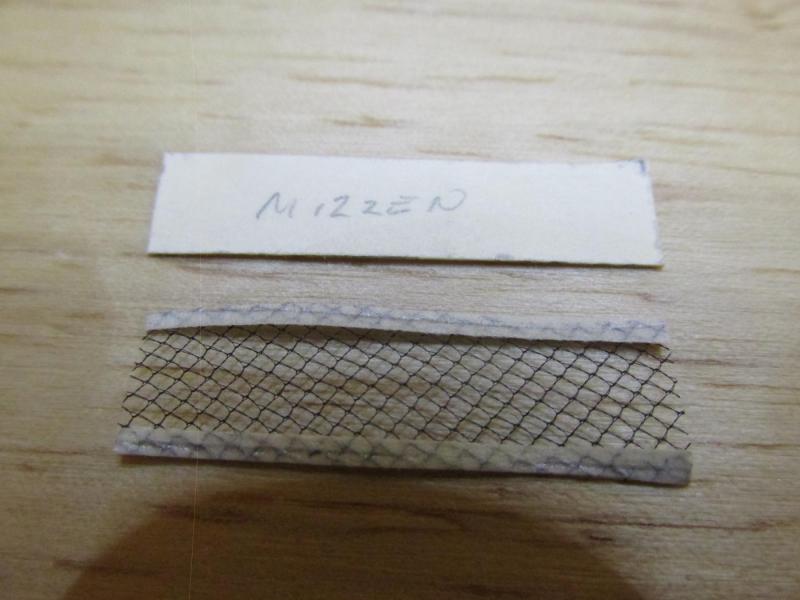
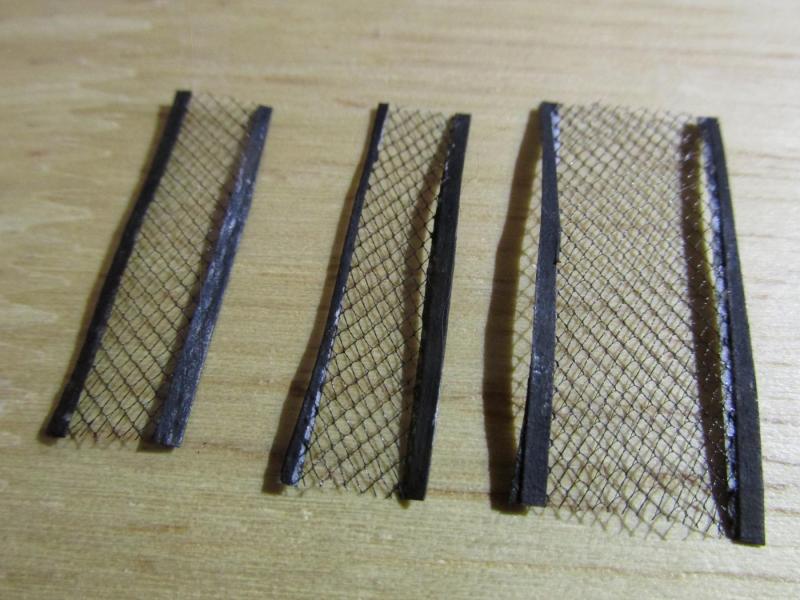
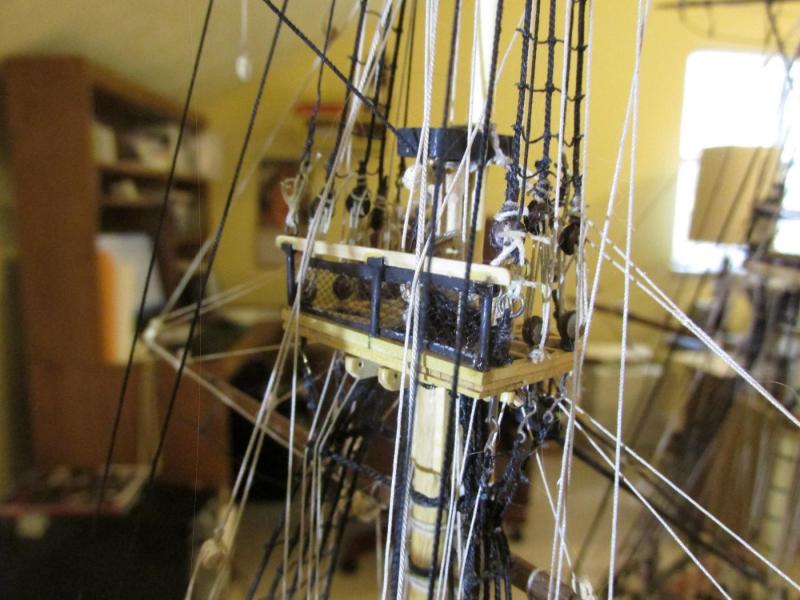
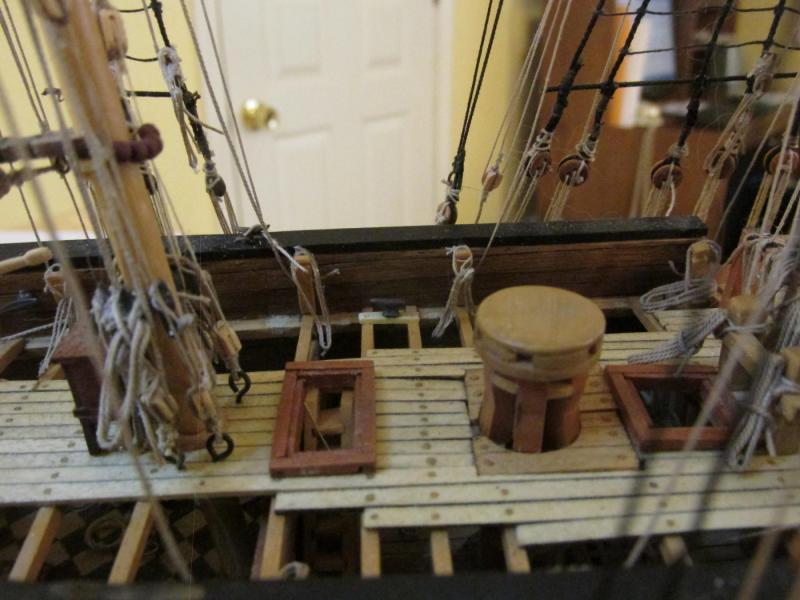
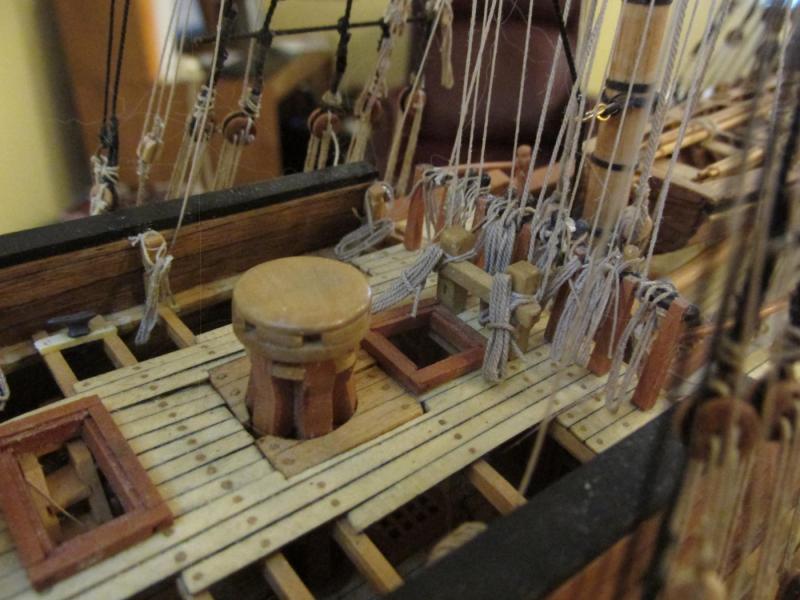
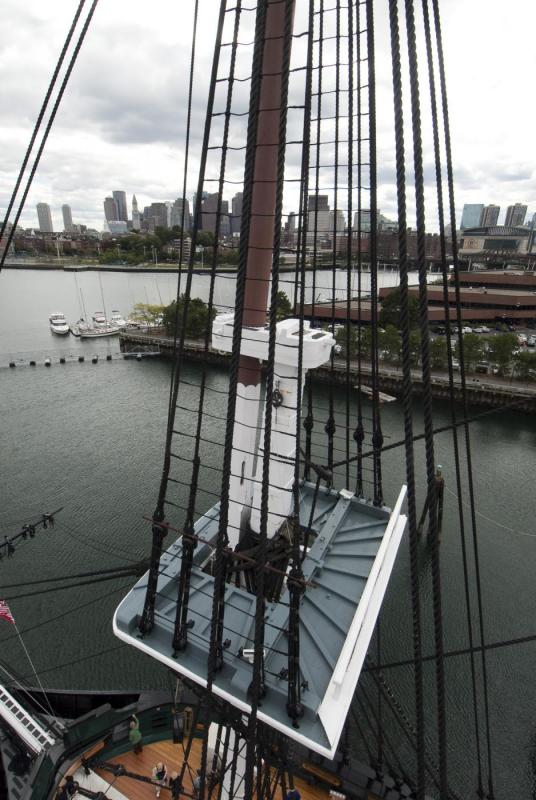

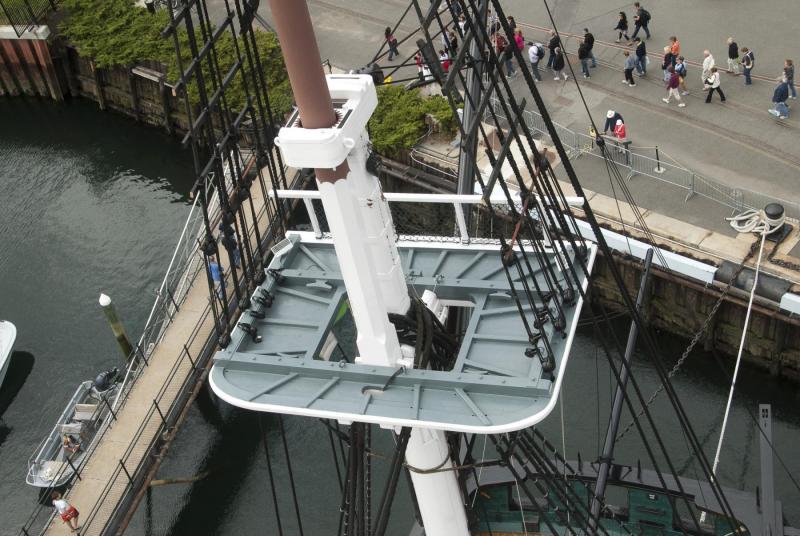
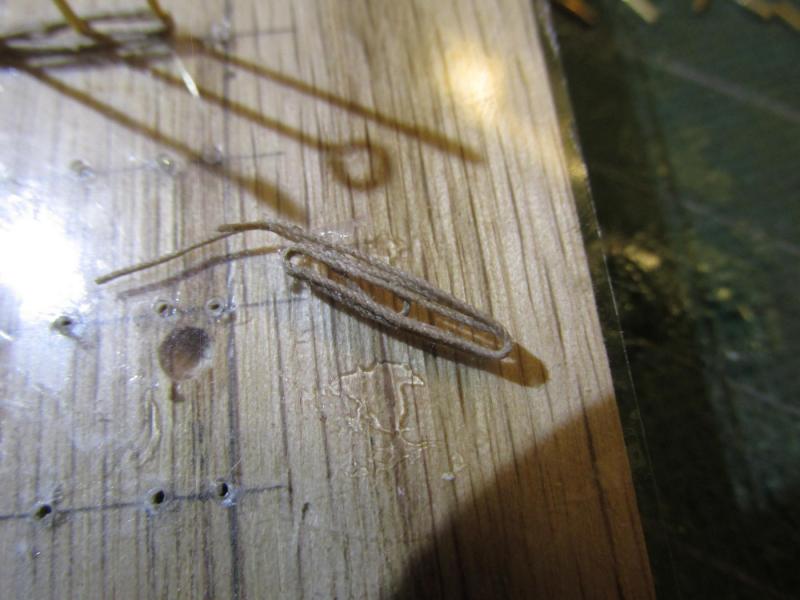
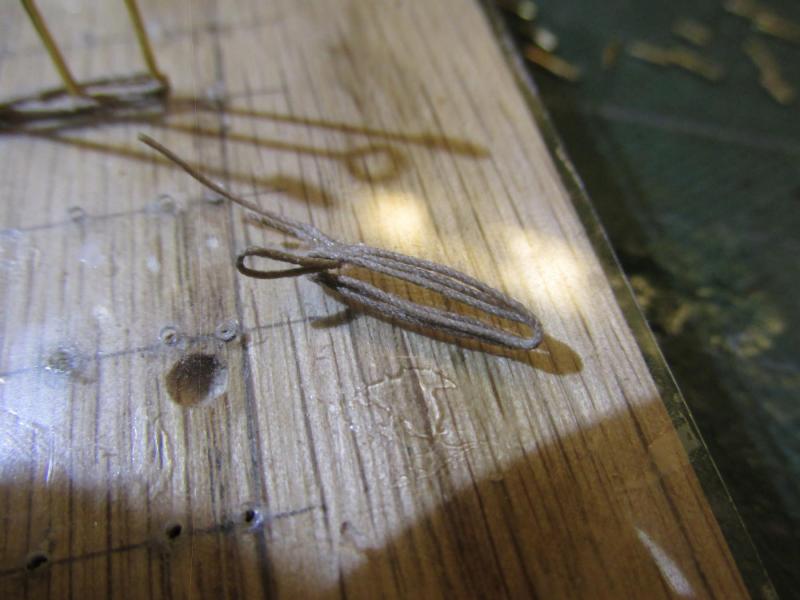
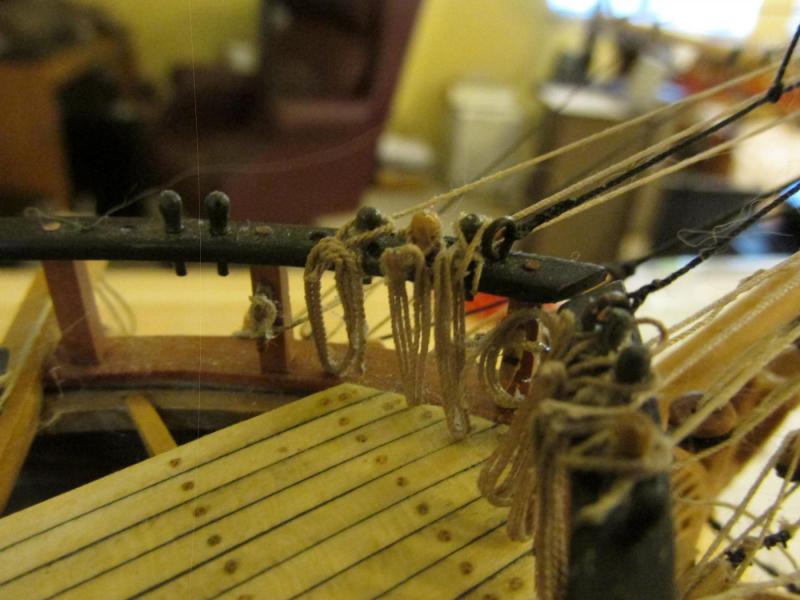
Rattlesnake by JSGerson - FINISHED - Mamoli - 1:64 - Using Robert Hunt’s practicum
in - Kit build logs for subjects built from 1751 - 1800
Posted
Ken, I like your optimism. Based on my past "speed," I'm guessing a least another month to say "done". As it is, nothing will be accomplished till after Xmas due to other commitments. Hopefully things will go smooth and I won't break anything. 8-)
To all who have endured my snail pace following me, thank you. The adventure is nearing its end, but is not quite over...yet.
Jon